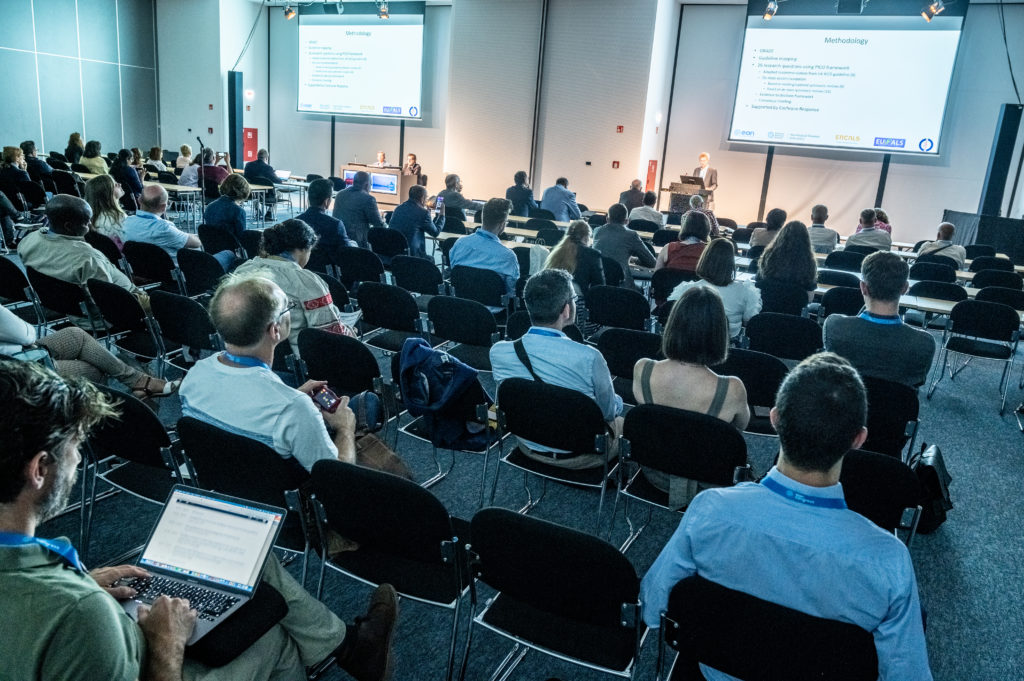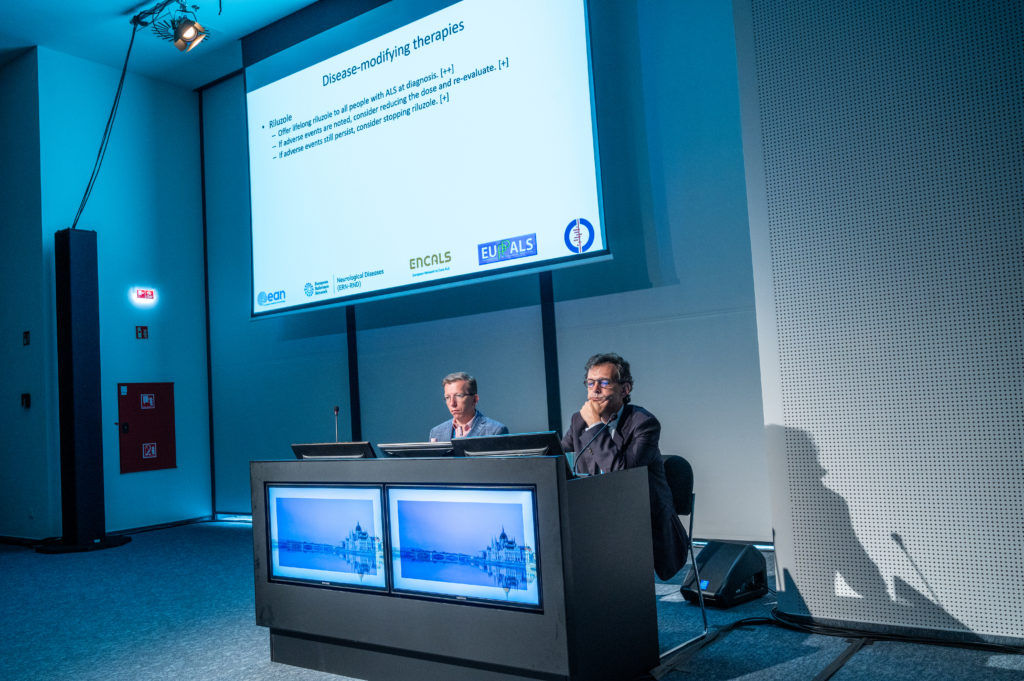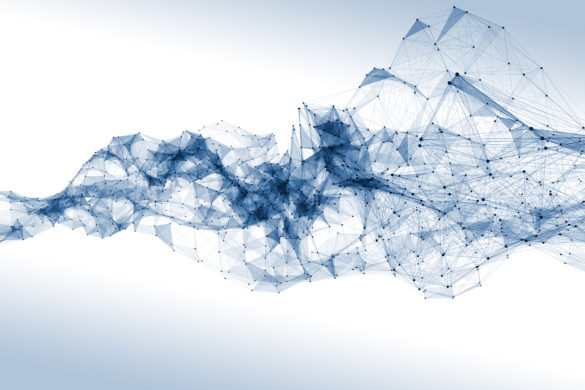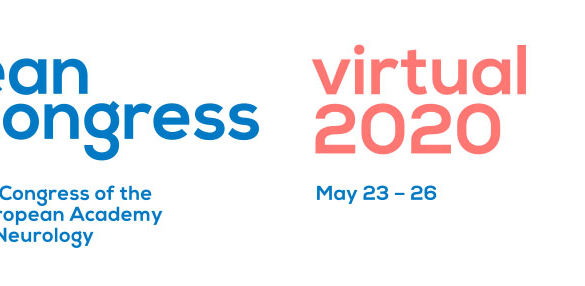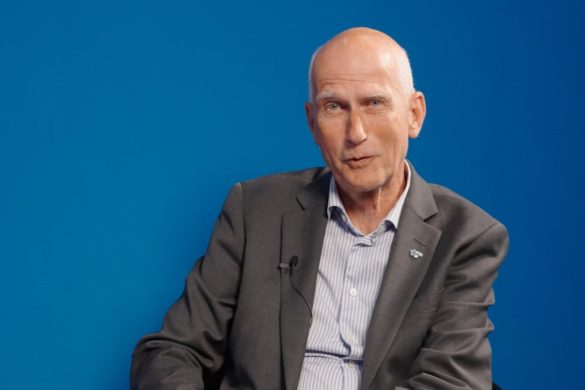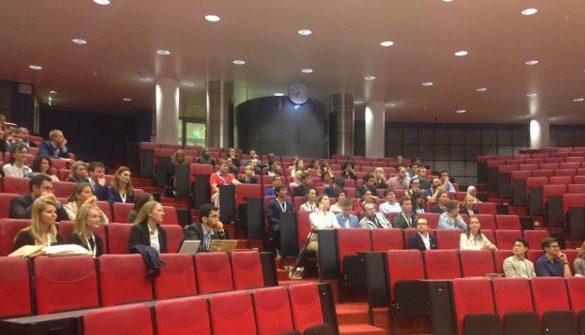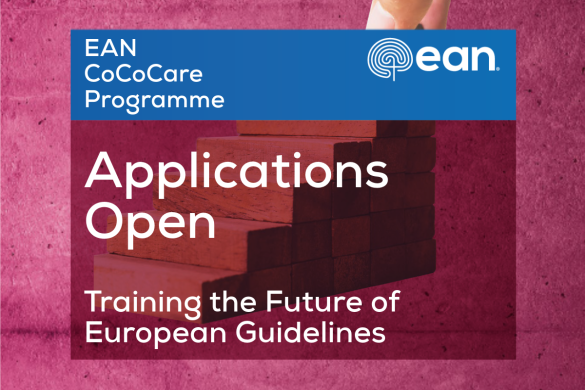by the EAN Guideline Production Group
The EAN guidelines are one of the main contributions for the European neurologists that the organisation and its Scientific panels provide each year. In this Special Session on New Neurological Guidelines, we had the opportunity to see the presentation of three new guidelines and get insight into the work of the EAN Guideline Production Group.
The first talk was from Prof. Joao Costa, from Portugal, who is the co-chair of the Guideline Production group and presented their main activities. The goals of this group are to support the production of independent, relevant, and high-quality clinical practice guidelines, to build capabilities for conducting independent, relevant, and high-quality guidelines and to ensure that EAN guidelines are implemented properly and ascertain that its investment on guideline development is worthwhile. To achieve this, the group has several ongoing activities, apart from the continuous support to the guideline panels, and the most important were presented during this talk.
The group works on guideline awareness, presenting the upcoming guidelines during the Congress, informing the national societies and producing infographics whenever a new EAN guideline is published. To assure better orientation of resources, they also developed a prioritisation process to select the priority topics for guideline production through a transparent procedure that is ongoing every second year. To be able to provide a better support to the guideline panels, they work on increasing the capabilities of the group by giving the opportunity for their members to have standardised certification for guideline methodologists and included a full-time methodologist in the group.
To educate and empower the members of the society in this highly evolving field, the Guideline Production Group is producing practical guidances for guideline developers that are planned to be updated as soon as new standards are established by the international guideline community. Also, for the RRFS as well as other members that wish to learn more about the methodology behind guideline production, the group is supporting the CoCoCare course on guideline production and is organising additional guideline workshops that are focused on different topics each year.
The first guideline was presented by Prof. Theodoros Kyriakides from Cyprus and focuses on the diagnosis of patients that have chronically increased Creatine Kinase and are asymptomatic or with minimal symptoms. The diagnostic investigation of these patients is typically challenging and cover several muscle diseases for which the early diagnosis assures better quality of life. The past EFNS guidelines were published in 2010, but they were developed mainly using expert opinion. Since then, there have been developments in the field with the use of MRI and Next Generation Sequencing which were also included in the new guideline.
This guideline provides evidence-based recommendations on the first-line diagnostic tests of the asymptomatic and paucisymptomatic hyperCKemia patients, including various issues that are encountered, such as the values of CK that would warrant further testing. Also, it evaluated the usefulness of the dried blood spot test for Pompe disease and recommends it as a reliable and easy to use tool as a first line test that can diagnose the late onset subtype of this disease.
As a second-line test that helps the clinicians arrive to the final diagnosis, the guideline recommends the next generation sequencing techniques as the more specific, reliable, and efficient. However, it is important to make careful selection of the gene panels to arrive to the correct diagnosis. In this process, the muscle MRI has been shown to provide better clues than the muscle biopsy, which is often of little help in the asymptomatic patients.
The following guideline was presented by Prof. Philip Van Damme, from Belgium and focused on the management of the patients with ALS. This guideline was developed in collaboration with ERN Euro-NMD and included 26 questions covering various aspects of the pharmacological and non-pharmacological management in these patients.
Riluzole is recommended as the first-line treatment, however caution and dose reduction is needed if side-effects occur and Tofersen is recommended for patients with the SOD1 mutation. The cell-based treatment is recommended only for the clinical trial purposes, but these recommendations will be updated as soon as new evidence emerge.
Furthermore, multidisciplinary teams are recommended in the management of these patients. The teams should enable effective communication with the patients and should preform regular assessments scheduled every 3-6 months. They should also assure regular appointments with people that cannot attend the clinical settings and AAC equipment should be provided when needed.
Causes of weight loss should be assessed carefully and if gastrostomy is needed it should be provided without delay. If gastrostomy is unfeasible, parenteral feeding is recommended. Cough augmentation techniques should be used as a first line aid when respiratory problems are encountered, but when this is insufficient, mechanical devices are needed. Also, NIV should be offered to all ALS patients and invasive ventilation should be discussed and planned in advance.
For the management of muscle symptoms, physical therapy and pharmacological treatment is recommended and botulinum toxin should be considered if spasticity in not managed effectively by the first approaches.
The last presentation was from Prof. Jalesh Panicker, from United Kingdom, who is the chair of the guideline on the management of neurogenic urogenital dysfunction that was developed in collaboration with EFAS and INUS. This guideline should help neurologists in any setting in the approach to the investigation of these symptoms and determine when further referral is needed. This will result in avoidance of unnecessary examinations and trips to specialised clinics for the patients and overflow of neurological patients in the urological and gynaecological clinics. Also, it aims to increase the awareness of these, often overlooked symptoms that are important for the patients’ quality of life.
This guideline recommends that the patients are actively inquired about any urological symptoms, and targeted physical examination should be performed. Ultrasound investigations should be done to assess bladder voiding symptoms whenever possible and in addition, they provide practical formulas for its detection. Also, incontinence should be assessed regularly. If no other non-neurological causes are identified for these issues, the guideline provides recommendations on the best pharmacological and non-pharmacological approaches to their management. Moreover, the indwelling catheter should be avoided, if possible, as well as urine culture tests and antibiotic treatment in the cases when the patient is asymptomatic.
To manage the sexual dysfunction, the panel recommends that the neurologists actively inquire and encourage the patients to discuss on these issues. They should inform and discuss on the multidimensional factors that can cause sexual dysfunction. If symptoms are determined to be of neurological origin, vacuum devices and vibrators should be discussed, as well as lubricants in the case of dyspareunia in women. Phosphodiesterase-5 inhibitors should be offered as a first-line treatment to male individuals with neurological diseases who experience erectile dysfunction. The benefits and potential risks/burdens should be discussed. The panel noted that the evidence for women was insufficient for this intervention and warrants more research.

